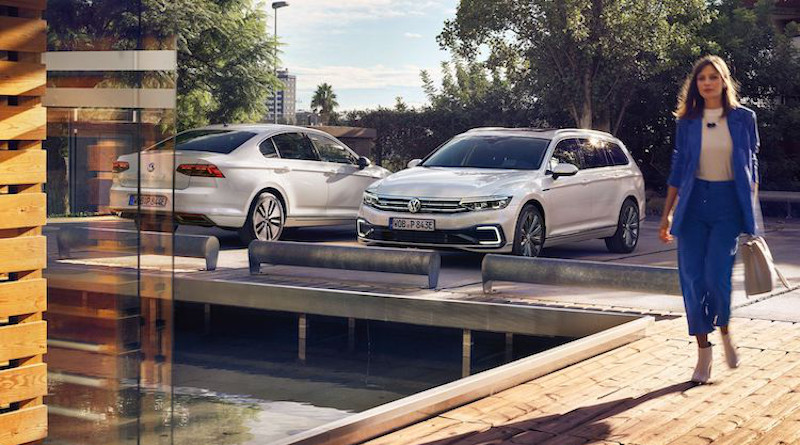Hybrid Cars And The Myth Of Zero-Emission Driving – Analysis
By IDN
By J W Jackie
Emissions from the new generation of hybrid cars are 31 percent higher than those from the previous generation. While the demand for larger vehicles appears to be the driving force, this discrepancy is part of a larger problem that the most eco-conscious hybrid owners are acutely aware of: that hybrids aren’t as eco-friendly as they thought. Hybrid carmakers are under fire for giving buyers a wrong impression of their cars’ emission-reduction capabilities.
Manufacturers maintain that they’ve been transparent all along, citing the fact that no incorrect information is published in press or manuals. Whether or not such misleading has been done, certain customers and organisations are determined to correct for it by disclosing the nuances of hybrid car performance.
The truth about zero-emission driving
Hybrid cars run on both battery and gasoline, and drivers are able to switch between battery and standard internal combustion power sources. When in battery mode, hybrid vehicles emit no exhaust and therefore no harmful emissions. While fully-electric cars like the Tesla are in battery mode indefinitely, resulting in “zero emissions”, hybrids do their part by emitting on average 46 percent less greenhouse gases than conventional vehicles.
However, “zero emissions” does not actually mean zero emissions, even though both fully-electric and hybrid vehicles are touted by manufacturers as capable of achieving this standard. This is the alleged conning that customers are complaining about.
A Tesla’s battery has already produced 17 tonnes of carbon dioxide before it is installed in the car, while a hybrid switches to gasoline mode at such slight provocations that owners are sceptical as to whether their cars can ever achieve zero emissions. In fact, each of the UK’s top 11 hybrid vehicles have limitations on zero-emission driving. These include seemingly innocuous triggers like cold weather, cruise control, and the windscreen de-mister.
Cold weather driving produces unexpected emissions
The Volvo XC90, Kia Niro, and Mercedes-Benz E Class are all hybrids that will automatically switch from electric to gas in cold weather. The reason for this is simple but annoying for drivers who wish to reduce their carbon footprint at every opportunity. These vehicles are programmed to switch to gasoline mode when conditions aren’t optimal for battery performance. A battery needs to warm up to function properly, hence why cold weather can trigger the switch.
The reverse is true as well: excessive heat can compromise a hybrid’s battery, prompting vehicles such as the Mitsubishi Outlander to switch to petrol when it’s hot outside. The Mitsubishi Outlander will also switch over when adaptive cruise control is turned on. It’s the extra energy required for tasks like these that causes the switch. Exceeding a certain speed will cause this to happen in BMW’s Mini Countryman. Even using the windscreen de-mister can initiate the engine in some hybrids. That’s a lot of random emissions for zero emission vehicles.
Of course, not all hybrids are so temperamental. Cruise control emissions aside, the Mitsubishi Outlander is a solid choice of hybrid vehicle. In response to the negative publicity garnered from Transport & Environment’s report of hybrid limitations, a Mitsubishi spokeswoman said, “The vast majority of owners we surveyed use their Outlander as it was engineered and are enjoying a lower carbon footprint and lower running costs as a result”. This doesn’t change the fact that the hybrid, once the figurehead of green vehicle technology, is becoming anachronistic.
Hybrid ban set for 2035
Disillusionment towards hybrids comes not just from the “way above zero” emission revelation but that these vehicles haven’t performed as promised in a number of ways. According to a large study conducted by Miles Consultancy, hybrids that are supposed to get 127 miles on the gallon only get a smidgeon over 40. The primary cause for this discrepancy might be that hybrid owners don’t charge their battery enough or rely on the engine too much.
As with the 31 percent emissions increase statistic quoted above, many of the hybrid’s shortcomings can be attributed to ignorant owners or market demand, not to an inherent flaw in the technology. Still, the switch to fully-electric vehicles has been made, leaving hybrids jockeying for relevancy. The UK government isn’t helping their cause; it’s planning to ban the sale of petrol, diesel, and hybrid vehicles by 2035 or earlier.
Hybrids don’t perform like they are advertised, according to disappointed customers and environmental thinktanks. There’s plenty of truth to that, considering that zero-emission driving is mostly fictitious, though manufacturers aren’t entirely to blame for these hybrids’ underperformance.

